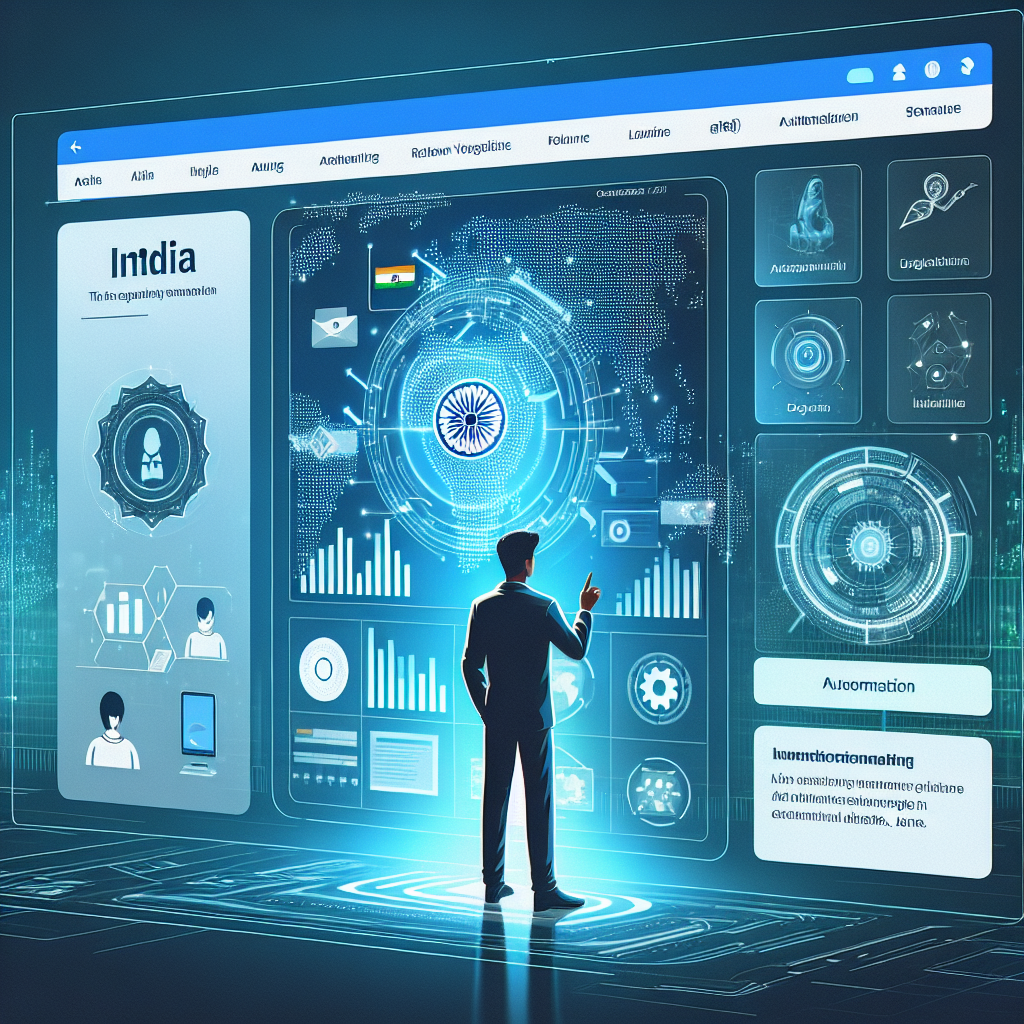DAILY CURRENT AFFAIRS IAS | UPSC Prelims and Mains Exam – 10th August – 2025
rchives (PRELIMS Focus) Rising Farm Exports Category: AGRICULTURE Context: Impact of USA’s tariff on agriculture exports India’s Rising Farm Exports Export Performance: India exported agricultural goods worth $51.94 billion in 2024–25 (Apr–Jun data annualized), up 5.84% year-on-year. Key Export Items: Marine products, rice (basmati & non-basmati), spices, buffalo meat, coffee, fruits & vegetables, sugar, tobacco, processed F&V, castor oil, oilseeds, and oilmeals. Top Gainers: Non-basmati rice (+11.54%), tobacco (+19.29%), coffee (+13.87%), and processed F&V (+12.08%). Top Decliners: Marine products (-19.45%), oilseeds (-12.58%), oilmeals (-5.24%). Trade Surplus: Agriculture exports ($51.9B) exceed imports ($38.5B), but surplus has halved compared to a decade ago. Growth Factors: Higher global food prices (FAO index), strong demand for certain commodities, easing of export restrictions, and price rises in onions, coffee, and tobacco. Risks: Possible US tariffs under Trump’s policies, global market volatility, and falling prices in some commodities. Global Context: Demand boosts from countries like Brazil, Zimbabwe; domestic measures like onion export bans lifted; drought impacts in some countries helped exports. Learning Corner: India’s Exports Overview India is among the top 20 largest exporters globally. Merchandise exports crossed USD 450 billion in FY 2023–24, while services exports exceeded USD 340 billion, making India a net exporter in services. Major export sectors: Petroleum products, engineering goods, gems & jewellery, pharmaceuticals, textiles, and agricultural products. Key Schemes & Initiatives Foreign Trade Policy (FTP) 2023: Shift from incentive-based to remission-based schemes. Remission of Duties and Taxes on Exported Products (RoDTEP): Refunds taxes not rebated under other schemes. Export Promotion Capital Goods (EPCG): Duty-free import of capital goods for producing export goods. Production Linked Incentive (PLI): Boosts manufacturing in electronics, pharmaceuticals, textiles, etc. Market Access Initiative (MAI): Financial assistance for market development. Institutional Framework Directorate General of Foreign Trade (DGFT) – policy implementation. Export Credit Guarantee Corporation (ECGC) – export credit insurance. Agricultural and Processed Food Products Export Development Authority (APEDA) – agri exports. Marine Products Export Development Authority (MPEDA) – marine exports. Important Facts for Prelims Top export destinations (FY 2024): USA, UAE, Netherlands, Singapore, China. Top exported items (2024): Petroleum products, engineering goods, gems & jewellery, rice, pharmaceuticals. India’s global rank in IT services exports – 1st. Special Economic Zones (SEZs) contribute over 30% of India’s total exports. Eurasian Economic Union (EAEU) and India-Middle East-Europe Economic Corridor (IMEC) expected to boost trade routes. WTO & Trade Agreements Context India is a WTO member since 1995. Involved in FTAs/CECA with countries like UAE (CEPA), Australia (ECTA), Mauritius (CECPA), ASEAN, and Japan. Negotiating India-UK FTA and India-EU FTA. Source: THE INDIAN EXPRESS IMEC (India–Middle East–Europe Economic Corridor) Category: INTERNATIONAL Context : Gaza War Delayed IMEC. Background: The IMEC was announced during the G20 Summit (2023) to cut shipping time from India to Europe by ~40% compared to the Red Sea route. It involves sea and rail connectivity from India to UAE, across Saudi Arabia and Jordan to Israel, then by ship to Greece and onward via Europe’s rail network. It also includes cables for electricity, internet, and pipelines for clean energy. Importance: The EU is India’s largest trading partner; in FY 2023–24, bilateral trade was $137.41 billion. IMEC aims to strengthen connectivity, boost trade, and reduce costs. Initial Momentum: Announced during a rare stable geopolitical moment in the Middle East, with growing normalisation (Israel–Arab rapprochement, Saudi Arabia’s cautious engagement). Impact of Gaza War: Jordan–Israel ties have collapsed due to Israeli–American pressure on Jordan over Gaza. Saudi Arabia’s normalisation with Israel stalled; Riyadh is doubling down on Palestinian statehood demands. Red Sea shipping has been disrupted by Houthi attacks. Regional instability has made stakeholder meetings impossible. Learning Corner: India–Middle East–Europe Economic Corridor (IMEC) – UPSC Prelims Specific Announcement – Launched at the G20 Summit, New Delhi, September 2023 as part of the Partnership for Global Infrastructure and Investment (PGII). Members – India, Saudi Arabia, UAE, Jordan, Israel, European Union, USA. Structure – Two corridors: Eastern Corridor – Connects India to the Arabian Gulf. Northern Corridor – Connects the Arabian Gulf to Europe. Mode of Transport – Multimodal: rail, road, and shipping links. Key Aim – To boost trade, digital connectivity, clean energy transfer (green hydrogen), and supply chain resilience. Significance for India – Strategic alternative to China’s Belt and Road Initiative (BRI). Enhances connectivity with Europe via Middle East bypassing Pakistan. Strengthens ties with Gulf nations and EU. Challenges – Geopolitical tensions in West Asia, Israel–Palestine conflict, and funding issues. Source: THE INDIAN EXPRESS Kaleshwaram Project (KLIP) Category: AGRICULTURE Context: One-man judicial commission to investigate corruption in KLIP What is KLIP? A multi-purpose lift irrigation project on the Godavari River in Kaleshwaram, Bhupalpally district, Telangana. World’s largest multi-stage irrigation project; utilises a canal network of over 1,800 km. Designed to irrigate 16 lakh hectares, stabilise existing ayacut, and store/distribute 240 TMC ft of Godavari water for irrigation, drinking, and industrial use. Built across Godavari at Medigadda, Annaram, Sundilla. Controversy: Structural failures: Within 3 years, piers of Sundilla barrage sank; Annaram and Sundilla developed cracks. Allegation: Barrages were built on permeable foundations unable to withstand heavy water inflow. Location shift from Tummidihatti to Medigadda raised cost and invited political criticism. Water availability doubts at Tummidihatti led to change, but opposition alleged ulterior motives. Inquiry: Congress promised probe; CM A. Revanth Reddy set up one-man judicial commission headed by Justice Pinaki Chandra Ghose. Inquiry spanned 15 months, examined over 110 witnesses, including ex-CM KCR and former ministers. Found negligence in execution and fund release. Report submitted on July 31, 2025; discussion to be held in Assembly. Learning Corner: Lift Irrigation Projects in India Major Operational Lift Irrigation Projects Project State Source of Water Key Points Kaleshwaram Lift Irrigation Project (KLIP) Telangana Godavari River World’s largest multi-stage lift irrigation; lifts water up to ~600 m; designed for irrigation, drinking water, and industrial use. Handri-Neeva Sujala Sravanthi (HNSS) Andhra Pradesh Krishna River Multi-phase; lifts water to drought-prone Rayalaseema. Indira Gandhi Canal Lift Scheme Rajasthan IG Canal (from Sutlej-Beas) Supplies water to higher elevation areas of Thar Desert. Ganga Canal Lift Scheme Uttar Pradesh Ganga River
DAILY CURRENT AFFAIRS IAS | UPSC Prelims and Mains Exam – 10th August – 2025 Read More »


